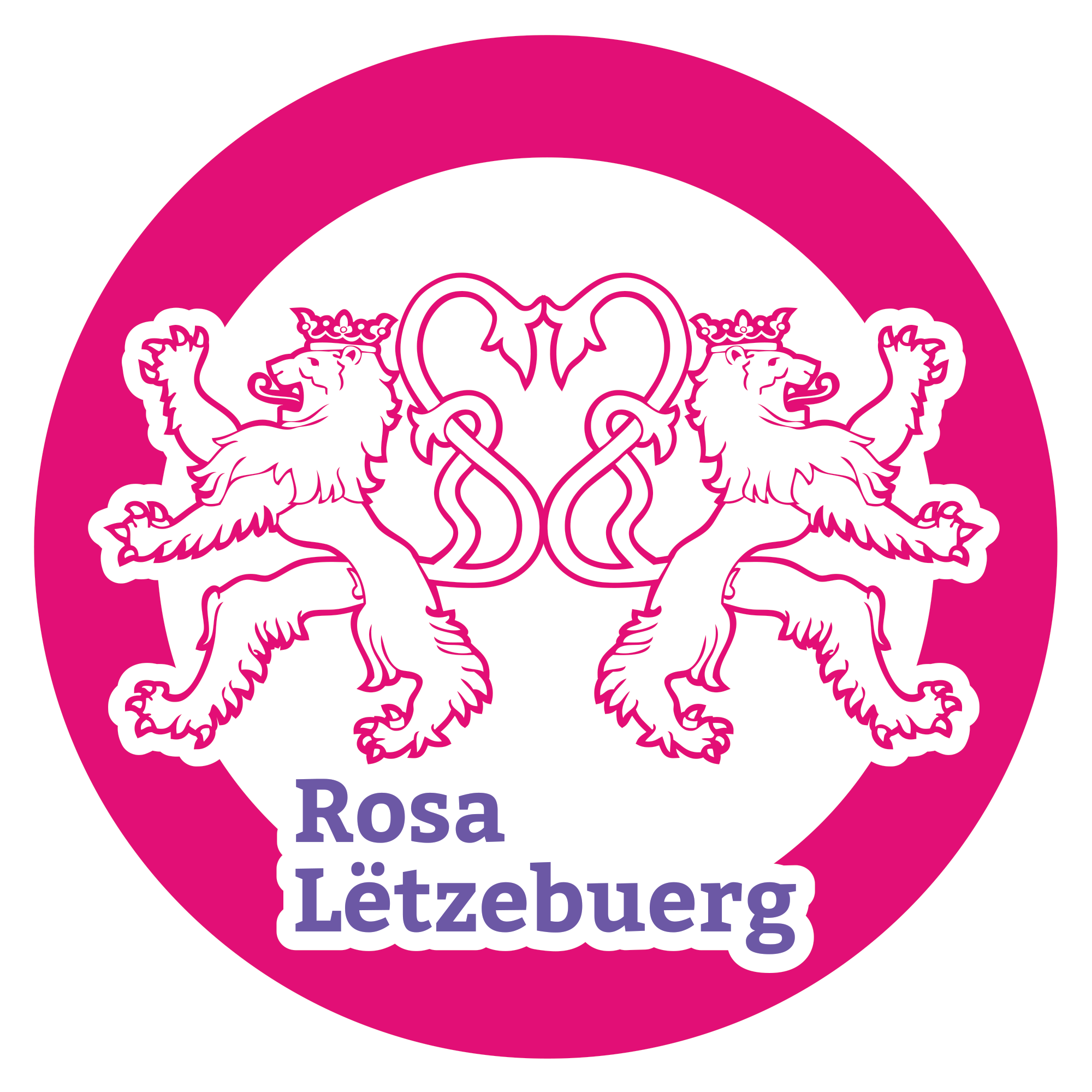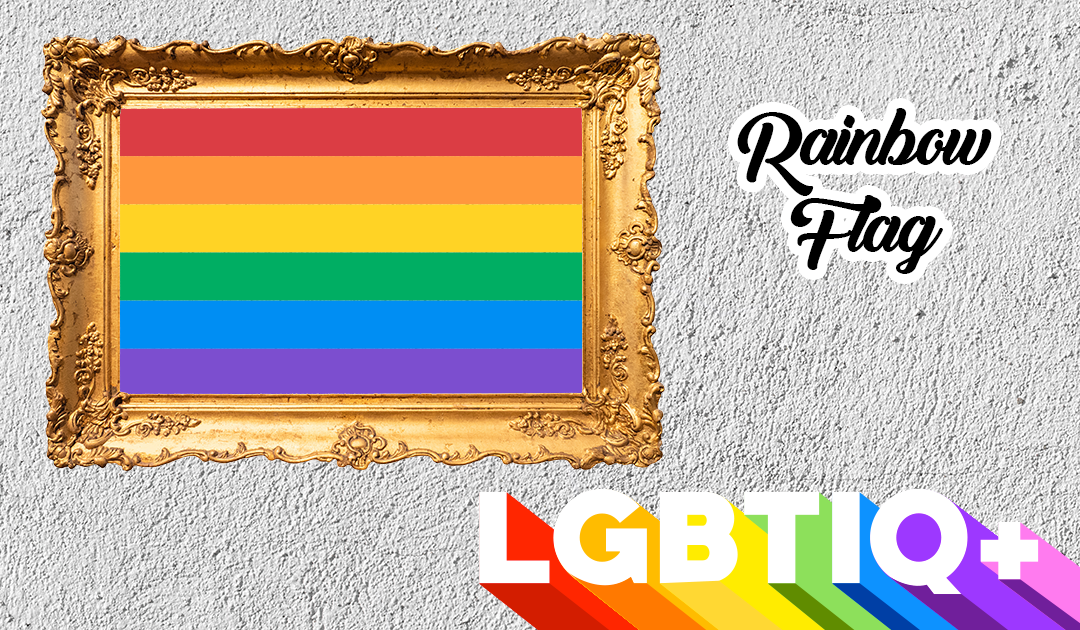

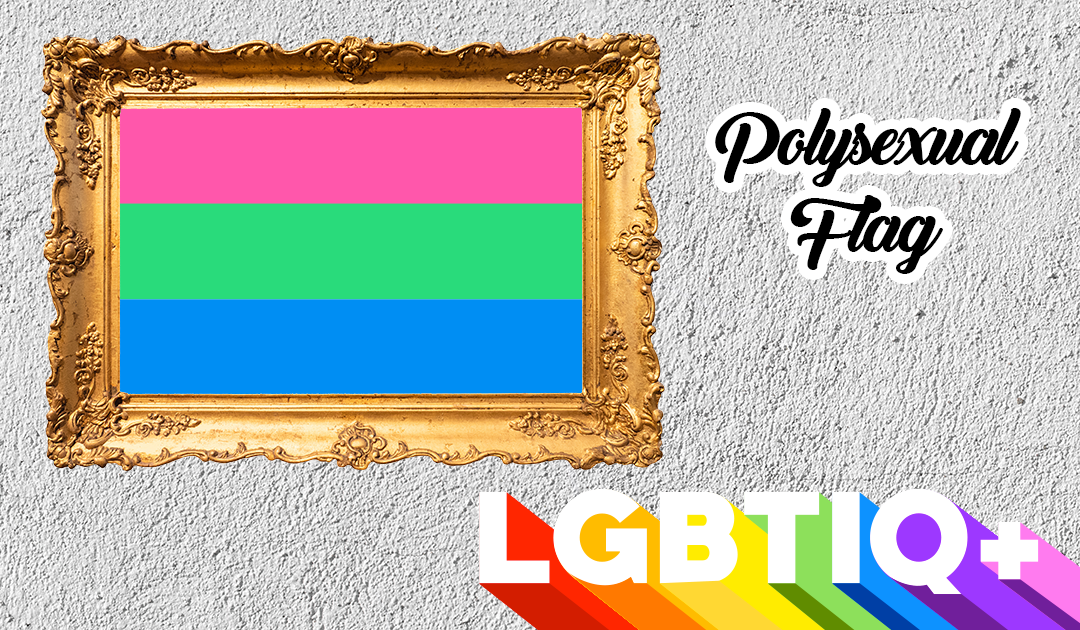
Pride Month: the Polysexual Flag
A polysexual person is someone who is sexually and/or romantically attracted to multiple genders. Sometimes polysexuality is equated with other multisexual identities. One of the main differences between pansexual and omnisexual is that people who identify with these...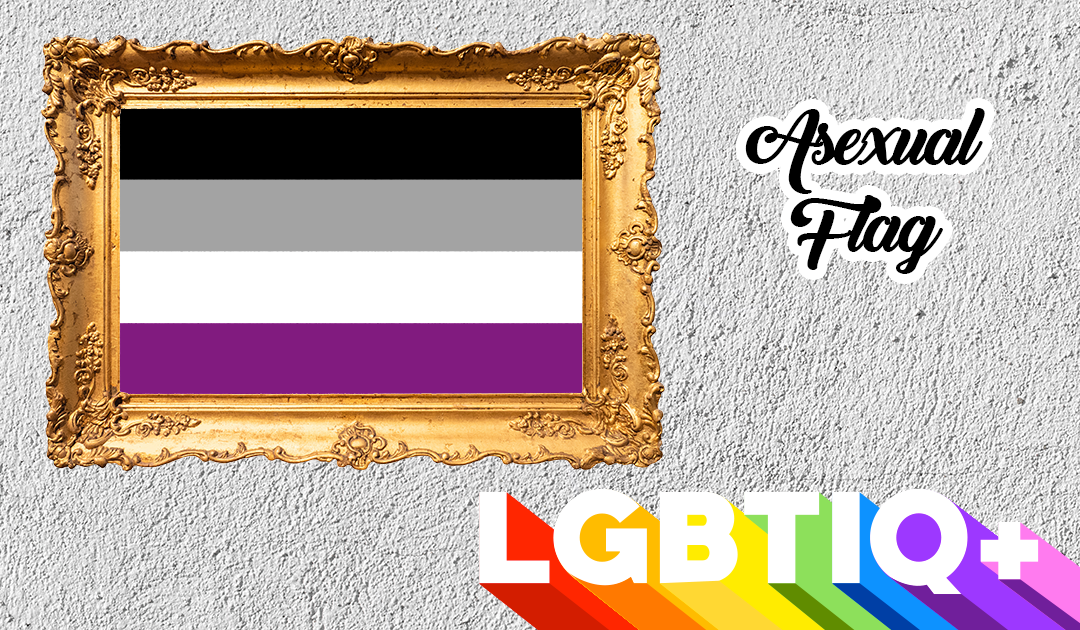
Pride Month: the Asexual Flag
Asexual people do not usually experience sexual attraction or desire. Asexuality is a spectrum at one end of which there is a complete lack of sexual attraction (asexual) and at the other end of which there is sexual attraction (allosexual). People who fall between...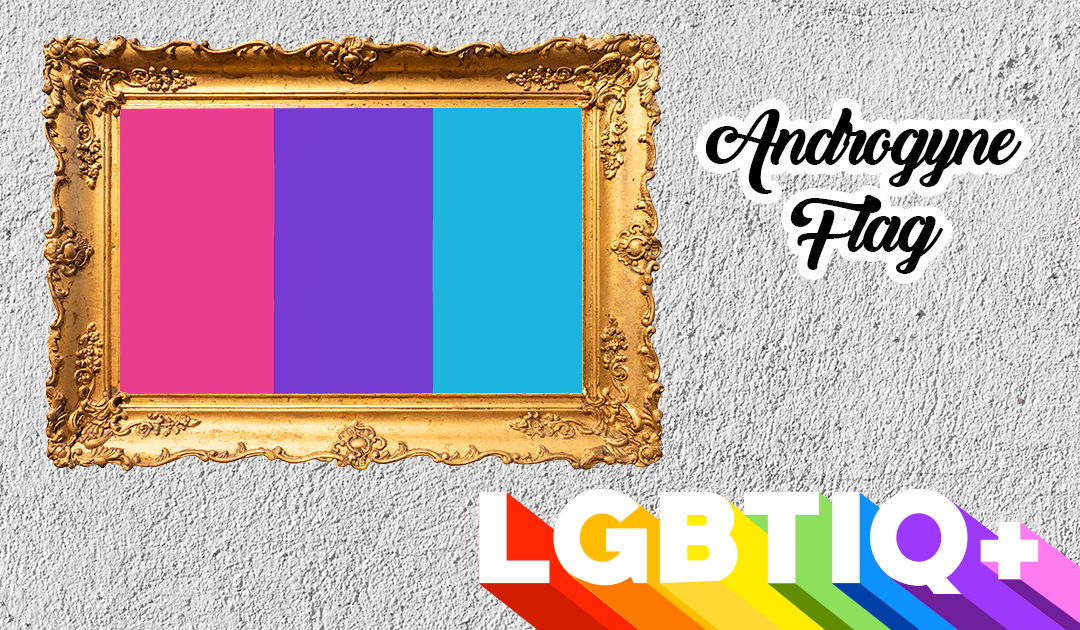
Pride Month: the Androgyne Flag
An androgynous person is someone who displays a combination of masculine and feminine characteristics into an ambiguous form. Androgyny may be stated with respect to biological sex, gender identity, and/or gender expression. The androgyne flag includes three vertical...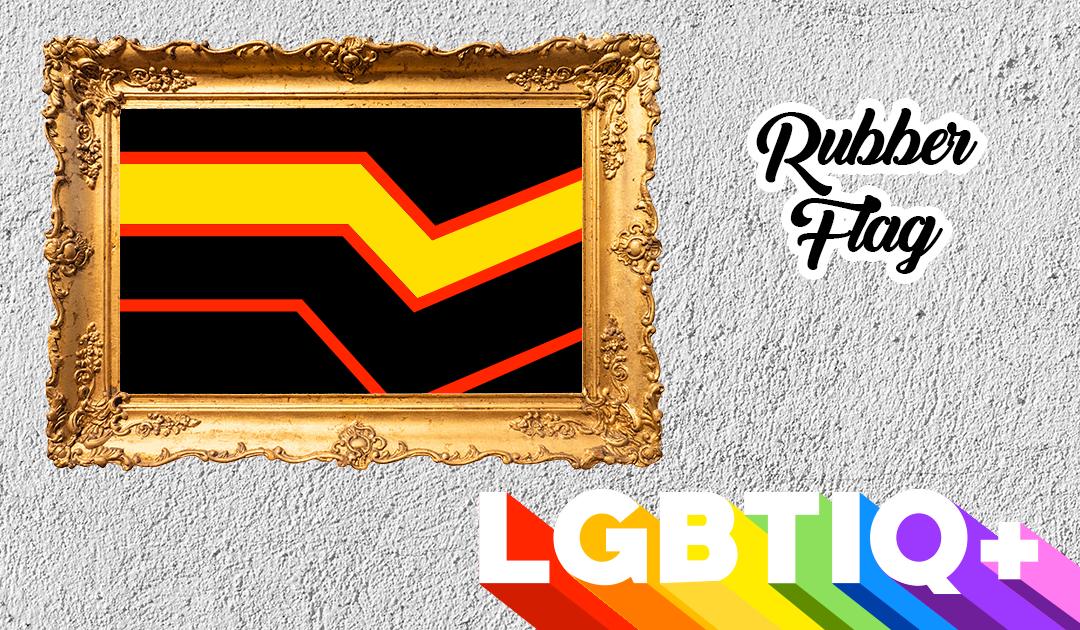
Pride Month: the Rubber Flag
Like many other kink communities, members of the rubber/latex fetish community have a flag to express their preferences and passion. Although popular with gay men and often seen at Pride parades, Rubber Pride is not limited to one gender or sexuality. It was created...




